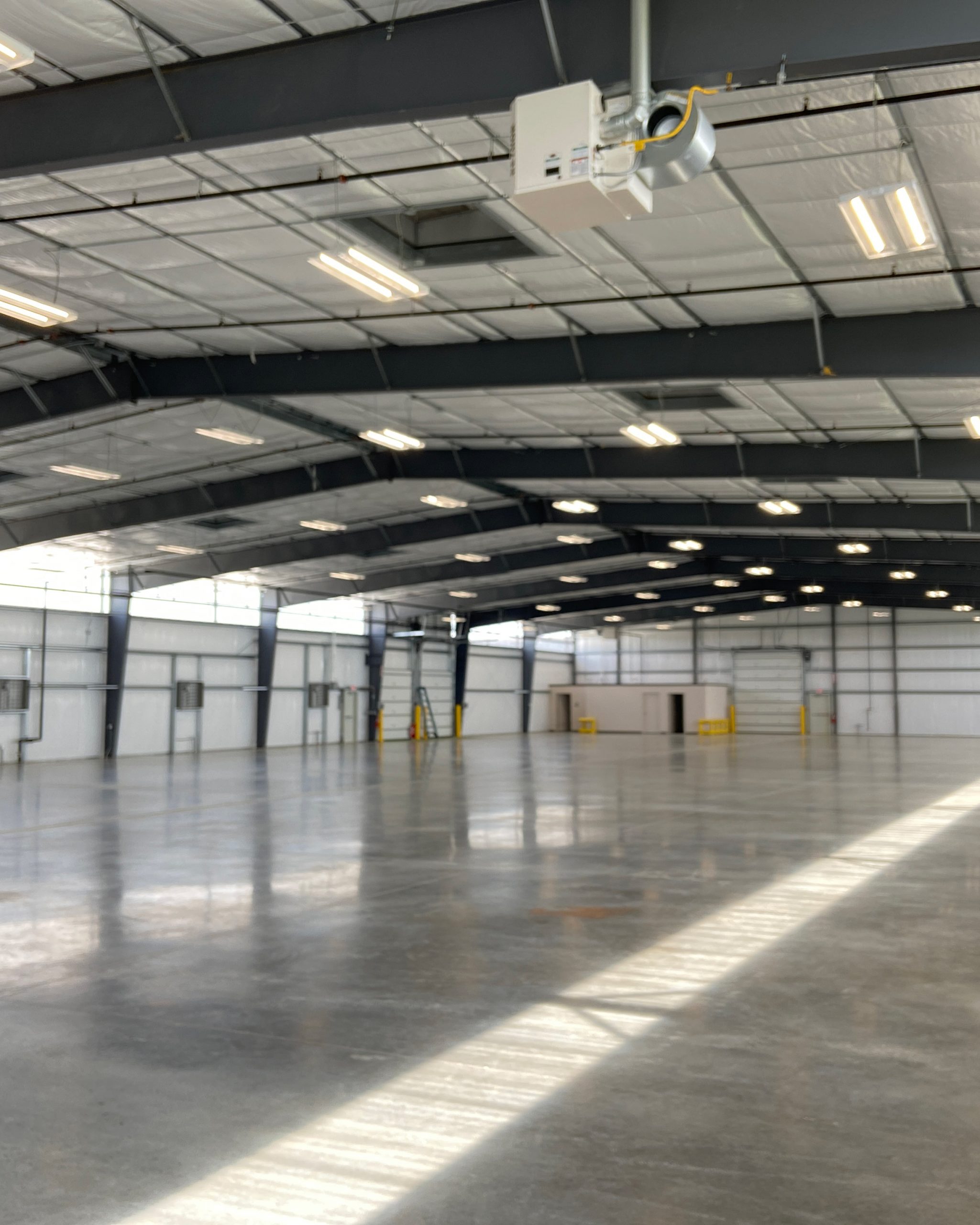
Concrete placement is a critical part of any construction project. Ensuring a perfect pour is essential for the structural integrity and longevity of the concrete. In this guide, we will provide you with tips and best practices to help you achieve a flawless concrete placement every time.
1. Preparation
Site Preparation
- Clear the area of any debris, rocks, or vegetation.
- Grade and compact the soil to create a solid base for the concrete.
- Install formwork to contain the concrete and give it the desired shape.
Mix Design
- Ensure the concrete mix is appropriate for the project requirements.
- Follow the mix design specifications carefully to achieve the desired strength and durability.
- Consider additives or accelerators if needed for specific conditions.
2. Pouring Techniques
Consistency
- Ensure the concrete mix has the right consistency for proper placement and consolidation.
- Aim for a workable mix that is neither too stiff nor too runny.
- Use a slump test to check the consistency before pouring.
Continuous Pour
- Avoid stopping and starting the pour to prevent cold joints and weak points in the concrete.
- Plan the pour sequence in advance to ensure a continuous flow of concrete.
- Use pump trucks or conveyors for large or hard-to-reach areas.
3. Placement Tips
Timing
- Coordinate the delivery of concrete to the site to avoid delays.
- Monitor the weather conditions to prevent issues like rapid setting or cracking.
- Plan the pour during cooler times of the day to extend working time.
Compaction
- Use vibrating screeds or rollers to compact the concrete and remove air voids.
- Ensure uniform compaction throughout the pour to prevent weak spots.
- Avoid overcompaction, which can lead to segregation of aggregates.
4. Finishing Touches
Leveling
- Use straightedges and screeds to level the surface of the concrete.
- Check the elevation regularly to maintain the desired slope or grade.
- Correct any low or high spots immediately to ensure a smooth finish.
Curing
- Protect the newly poured concrete from drying out too quickly by using curing compounds or moist curing methods.
- Allow the concrete to cure for the recommended time to achieve maximum strength and durability.
- Avoid traffic or heavy loads on the concrete until it has fully cured.
5. Common Mistakes to Avoid
- Insufficient compaction leading to weak concrete.
- Overwatering the mix, which can weaken the concrete and affect its durability.
- Failure to follow the mix design specifications resulting in poor performance.
- Ignoring weather conditions that can impact the setting and curing of the concrete.
6. Conclusion
Proper concrete placement is essential for the success of any construction project. By following the tips and best practices outlined in this guide, you can ensure a perfect pour every time. Remember to pay attention to preparation, pouring techniques, placement tips, finishing touches, and common mistakes to avoid. With careful planning and execution, you can achieve a high-quality concrete placement that meets your project requirements.
